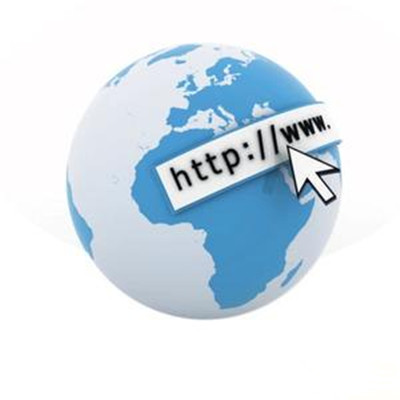Internet use

Firms dedicated to click-counting put code on websites that reports the times, origins and frequencies of visits, or get consumers to install it buried in browser plug-ins or mobile apps. These record web-users' digital calling-cards: the internet-protocol (IP) addresses of the devices they are using. But to assume that each IP address represents a single user in its country of registration is a wild oversimplification.











